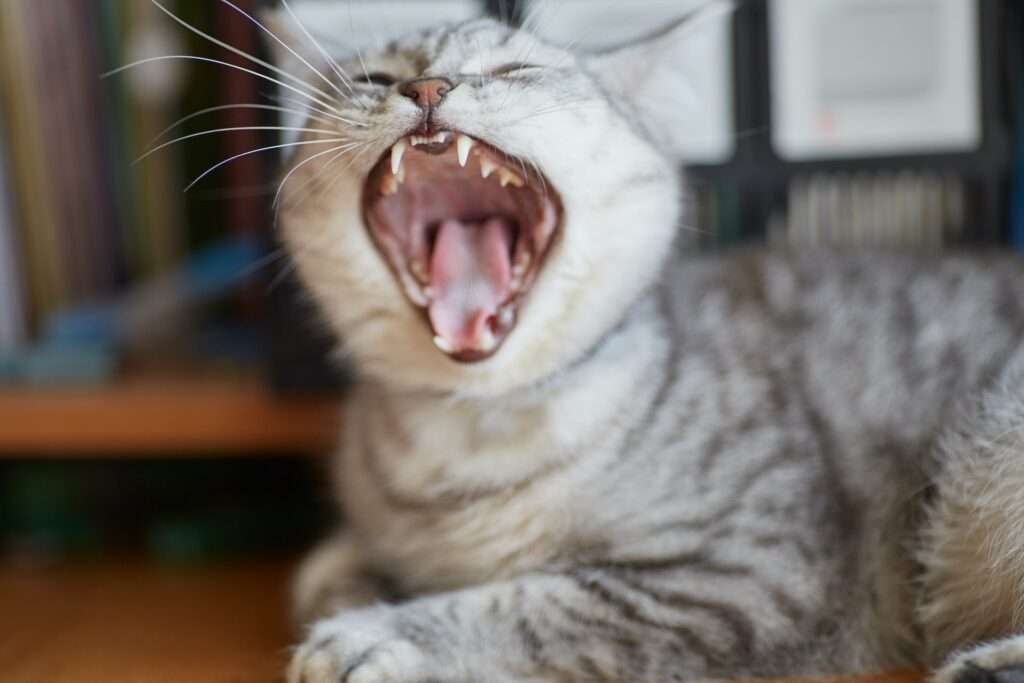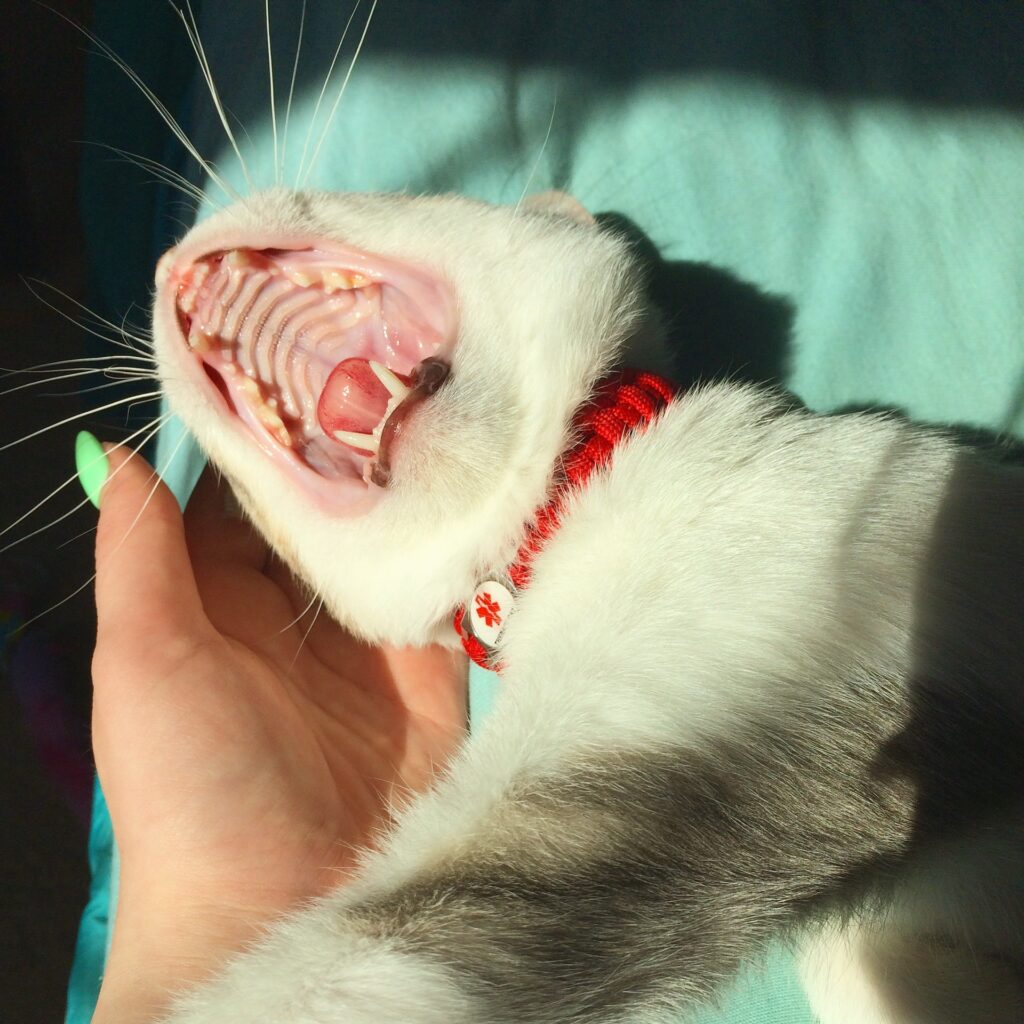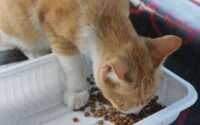How Many Teeth Do Cats Have? A Complete Guide for Cat Owners
As a cat parent, it’s important to understand your feline friend’s anatomy and physiology, including their dental structure. Knowing how many teeth cats have can help you take better care of their dental health, which in turn can contribute to their overall wellbeing.
Welcome to our comprehensive guide on cats’ teeth. Throughout this guide, we will delve into the anatomy of cats’ teeth, their tooth count, growth and development, and the significance of dental health for cats. Whether you are an experienced cat owner or a new feline parent, this guide will equip you with the information you need to ensure your cat’s teeth remain robust and healthy.
The Anatomy of Cat’s Teeth

Cats possess a remarkable dental structure that is perfectly designed to meet their needs as carnivores. With a total of 30 teeth, cats’ dental anatomy can be categorized into four distinct types: incisors, canines, premolars, and molars.
- Incisors: Located at the front of the mouth, incisors play a crucial role in a cat’s ability to bite and groom. These small, sharp teeth enable them to nibble on smaller prey and maintain their immaculate grooming standards.
- Canines: Often referred to as “fangs,” canines are the impressive long and pointed teeth that sit prominently in a cat’s mouth. These formidable weapons are essential for tearing into their prey and securely gripping it.
- Premolars: Positioned behind the canines, premolars are instrumental in a cat’s dining experience. With their sharp edges, these teeth are adept at shearing and cutting through the flesh and bones of their prey, allowing for easier consumption.
- Molars: Nestled at the back of the mouth, molars are the powerhouse teeth responsible for grinding and crushing food. While cats primarily rely on their sharp teeth for tearing and slicing, molars aid in breaking down tougher pieces of meat and bone.
Cats go through two sets of teeth during their lives: deciduous teeth, also known as baby teeth, and permanent teeth. Newborn kittens enter the world toothless, but their baby teeth start to develop around the age of two weeks. As they grow, these temporary teeth fall out, making room for their permanent set, which typically emerges when the kitten reaches around four months of age.
A comprehension of the anatomy of a cat’s teeth can aid in understanding their dietary requirements and how to take care of their dental health. In the upcoming sections, we will delve deeper into the tooth count of cats, their growth and development, and the significance of preserving your cat’s dental health.
The Number of Teeth in Cats
In contrast to humans, cats possess a notably lesser number of teeth. While humans have 32 teeth, cats only have 30. However, the types and functions of their teeth are specifically designed for their carnivorous diet.
Out of the total of 30 teeth that cats have, 12 belong to the incisor category, 4 are categorized as canines, 10 are premolars, and the remaining 4 are molars. Their incisors are used for grooming and biting, while their canines are used for gripping and tearing food. Their premolars and molars are used for shearing, cutting, grinding, and crushing food.
It is worth mentioning that the tooth count of a cat can marginally vary based on their breed and size. Nonetheless, the average number of teeth for most felines is 30, which is the standard count for cats.
The Growth and Development of Cat Teeth
When it comes to their teeth, kittens start their lives toothless. However, their dental journey begins around two weeks of age when they start developing their deciduous teeth, also known as baby teeth. These tiny teeth start to emerge at approximately three weeks old, forming their first set of 26 teeth.
As kittens continue to grow, their deciduous teeth play a vital role in their exploration and early chewing experiences. However, around three to four months of age, a significant transition occurs. The deciduous teeth begin to fall out, making way for the emergence of their permanent teeth.
Cats’ permanent teeth are larger, stronger, and designed to last throughout their lives. With this new set of teeth, cats can confidently tackle their carnivorous diet and engage in their natural behaviors. Proper nutrition is essential during this stage to support the growth and development of their teeth. Providing a balanced and nutritious diet tailored to their needs helps ensure their teeth develop correctly and remain strong.
While genetics, diet, and overall health influence the growth of a cat’s teeth, regular veterinary checkups play a crucial role in their dental well-being. During these checkups, veterinarians can monitor the progress of your kitten’s teeth and identify any potential dental issues early on.
Remember, just as we prioritize our own dental health, it’s essential to care for our feline friends’ oral well-being. By addressing dental concerns promptly, you can prevent them from becoming more severe and ensure your cat enjoys a lifetime of healthy smiles.
Dental Health in Cats

Maintaining good dental health is essential for your cat’s overall wellbeing. Dental problems can lead to pain, discomfort, and even systemic infections that can affect other organs in your cat’s body. Feline dental problems, such as gingivitis, periodontal disease, and tooth decay, are commonly observed.
The best way to prevent dental issues is to establish a regular dental care routine for your cat. This can include brushing your cat’s teeth, providing dental treats and toys, and regular veterinary checkups.
Tips for Maintaining Your Cat’s Dental Health
Caring for your cat’s dental health is a paw-some way to ensure they enjoy a lifetime of radiant smiles and optimal wellbeing. Just like us, our feline friends benefit from regular dental care. Here are some tips to help you maintain your cat’s dental health:
- Brush your cat’s teeth: Yes, cats can be brush buddies too! Incorporate regular toothbrushing into their routine using a toothbrush specifically designed for feline pearly whites. Choose a toothpaste safe for them to swallow, and gently brush their teeth in small, circular motions. Consistent brushing helps eliminate plaque and prevent tartar buildup.
- Provide dental treats and toys: Keep those chompers busy with dental treats and toys specially crafted for their oral health. These chewy delights help reduce plaque and tartar, promoting healthier teeth and gums. Your cat will enjoy the satisfying crunch while working towards a sparkling smile.
- Schedule regular veterinary checkups: Just like a wellness checkup at the doctor’s, regular visits to the veterinarian are essential for your cat’s dental wellbeing. During these checkups, your veterinarian will perform a thorough dental examination, identifying any potential issues early on. They may recommend professional dental cleanings if necessary, ensuring your cat’s teeth receive expert care.
- Feed your cat a balanced and nutritious diet: A wholesome diet plays a vital role in maintaining dental health. Opt for high-quality cat food that provides essential vitamins and minerals. A balanced diet not only supports overall wellbeing but also contributes to healthier teeth and gums.
- Watch for signs of dental issues: Keep an eye out for any signals that your cat may be experiencing dental problems. Bad breath, excessive drooling, pawing at the mouth, or a reluctance to eat could indicate dental issues. If you notice these signs, seek professional advice from your veterinarian promptly.
By incorporating these tips into your cat’s routine, you’re taking proactive steps towards maintaining their dental health and overall happiness. Remember, a sparkling smile goes a long way in ensuring your feline friend enjoys the best possible quality of life.
Conclusion
As we wrap up our exploration of cat dental health, it becomes clear that caring for your feline friend’s teeth is a crucial part of their overall wellbeing. With their 30 specialized teeth designed for a carnivorous diet, preserving your cat’s dental health is essential to prevent dental issues like gingivitis, periodontal disease, and tooth decay.
Establishing a regular dental care routine for your cat, including brushing their teeth, providing dental treats and toys, and scheduling regular veterinary checkups, can help promote good dental health and prevent dental issues. By adhering to these suggestions, you can ensure that your cat’s teeth stay robust and healthy throughout their lifespan, allowing them to relish in their favorite meals without any pain or discomfort.
Frequently Asked Questions
Q: How many teeth do adult cats have?
A: Adult cats typically have 30 teeth. These include 12 incisors, 4 canines, 10 premolars, and 4 molars.
Q: Are kittens born with teeth?
A: No, kittens are not born with teeth. Their baby teeth, also known as deciduous teeth, start to erupt when they are around 2 to 4 weeks old.
Q: How many baby teeth do kittens have?
A: Kittens have a total of 26 baby teeth. These include 12 incisors, 4 canines, and 10 premolars. They do not have molars as these teeth develop later when they are older.
Q: When do kittens start getting their permanent teeth?
A: Kittens start losing their baby teeth and getting their permanent teeth when they are around 3 to 4 months old. This process continues until they are approximately 6 months old.
Q: Do cats lose their baby teeth like humans do?
A: Yes, cats lose their baby teeth just like humans. However, unlike humans who often find their baby teeth, cats usually swallow their baby teeth when they fall out.
Q: How can I tell if my cat is experiencing dental problems?
A: Watch out for signs such as bad breath, excessive drooling, difficulty eating or chewing, pawing at the mouth, bleeding gums, or a change in appetite. If you notice any of these symptoms, it’s best to consult a veterinarian for a dental examination.
Q: How can I care for my cat’s teeth?
A: Regular dental care is important for your cat’s oral health. You can brush your cat’s teeth with a pet toothbrush and toothpaste specifically designed for cats. Additionally, feeding them dental treats or using dental rinses can help promote dental hygiene. It’s also advisable to schedule regular professional dental cleanings with your veterinarian.
Q: Can cats get cavities?
A: Cats are less prone to developing cavities compared to humans. However, they can still experience dental issues like tooth decay and gum disease. Regular dental care and professional cleanings can help prevent such problems.
Q: How often should I have my cat’s teeth checked by a veterinarian?
A: It is recommended to have your cat’s teeth checked by a veterinarian at least once a year. Regular dental examinations can help identify any potential issues early on and ensure your cat’s oral health is maintained.
Q: Are there any specific dental products recommended for cats?
A: Yes, there are dental products made specifically for cats, such as toothbrushes, toothpaste, dental treats, and oral rinses. It’s best to consult with your veterinarian to choose the most suitable products for your cat.
Remember, if you have any concerns or questions about your cat’s teeth or oral health, it’s always best to consult a veterinarian for professional advice.






